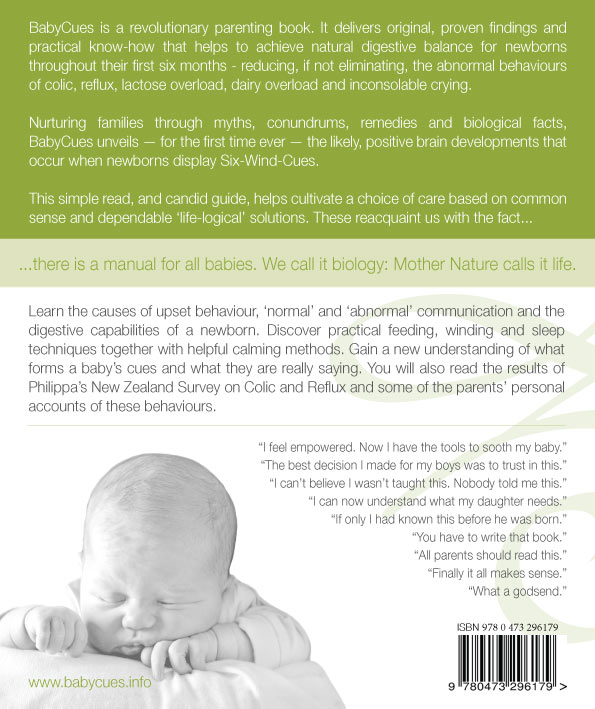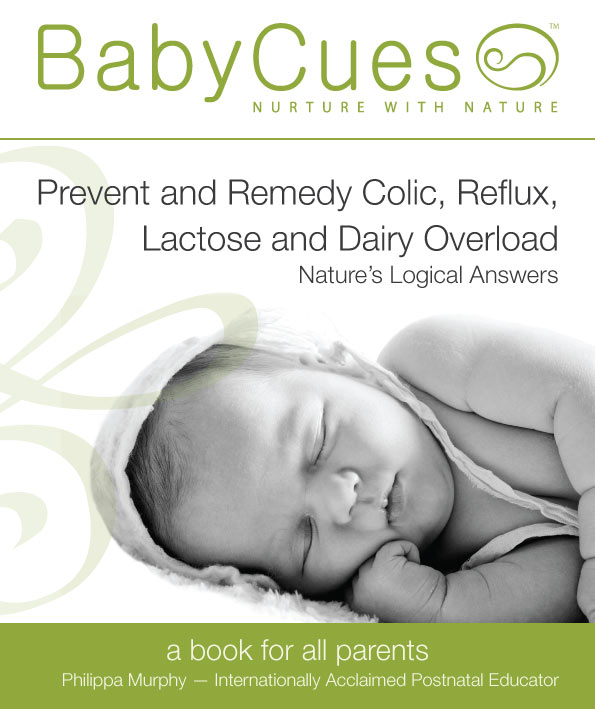Achieve optimum burping to nurture sleep

When a baby is taught to release their wind upwards through burping they settle to sleep easier and generally sleep for longer sleep cycles, which is of course hugely beneficial for their overall mental and physical health, not to mention the mental health of their parents.
By learning to release your baby’s natural intake of trapped air upwards, the amount of air left to pass through the intestines is decreased. This reduces behaviours such as pedalling legs, arching backwards, crying in pain, passing gas and explosive pooing to name a few. Other advantages include:
- less air in the stomach means additional room for nutritious milk
- the more burps released, the calmer a newborn becomes
- newborns conserve more energy which aids steady weight gain
- mass refluxing is hugely reduced if not eliminated
- the digestive process is soothed
- there is a dramatic reduction in inconsolable crying
- intimacy and deep attachment are nourished
- eye-to-eye and touch-to-touch moments are nurtured
- parenting is more satisfying as parents know they are helping
- there is consistency of care which sees security, relaxation and love flourish
- a good solid platform of reading and responding is nurtured, aiding intuitive parenting to grow
- parents get breaks to recoup because baby sleeps more comfortably
- better maintenance of milk supply for breastfeeding mothers as they get more rest
- relaxed breastfeeds are cultivated — bub's does not move on and off the nipple so much which aids supply and can prolong breastfeeding because it is enjoyable.
Get the help you need
Hailed as a game changer, life-saver and a must read from parents and postnatal professionals, this self-help book truly has the answers that NATURALLY prevent and heal the symptoms of colic, reflux, silent reflux, the witching hour and lactose and dairy overload - aka Digestive Overload, the true cause of these symptoms.


- nurture your child's digestive system
- Burp your baby to comfort
- Understand their Six-Wind-Cues
- Calm baby with techniques that work


LEARN HOW TO
- nurture your child's digestive system
- Burp your baby to comfort
- Understand their Six-Wind-Cues
- Calm baby with techniques that work
Now, although the required number of burps is not an exact science, the guidelines that follow are a good place to start. They may seem a lot when you first read them and yes, you may think, what is this women on about – that’s far too much. But when you learn Nature’s Wind Sequence, a ten-step-guide to burping that has you responding knowingly to your baby’s natural rhythm and cues of wind, the optimum amount of burps below are obtainable.
Birth to two weeks: minimum of 10 burps after each feed
This is recuperation time. Depending on how developed and ready for the world your baby is, the release of their ingested air will be minimal as their main pursuit is sleep.
Two to six weeks: minimum 10 burps with 20 being highly beneficial after each feed
At one to three weeks, newborns become very vocal about any overloading in the digestive tract as they slowly begin to wake up to the world and become more aware of their body.
Six to twelve weeks: minimum 15 burps with 25 being highly beneficial after each feed
At eight weeks, newborns generally begin expelling the initial belches of wind effortlessly. Around ten to twelve weeks newborns hold onto the burp in the throat for longer to kindle the first goo’s and gaa’s of language as the trapped wind vibrates their vocal chords forming another of their Six-Wind-Cues. At around fourteen weeks your baby will release burps and be dealing with wind moving through the intestines more easily.
These number of burps may sound a lot but when you know how to read the Six-Wind-Cues and what to do when you see them, reaching those numbers becomes possible. This method I teach that does this is called Nature's Wind Sequence as it's made up of a sequence of events that is innate to all newborns. If you'd like to learn the technique of Nature's Wind Sequence you can either purchase my book or book a consultation with me.
It’s helpful to know to that not all burps are equal. Five large burps may be equivalent to and just as beneficial as ten small burps. Burping can also vary from feed to feed because of a breastfeeding mother's diet, the formula being used, how the baby is being fed but mostly on how much wind was released after the last feed or few feeds. Like I said, the optimum amount is not an exact science but the positives of releasing a good amount of wind through burping are certain.





